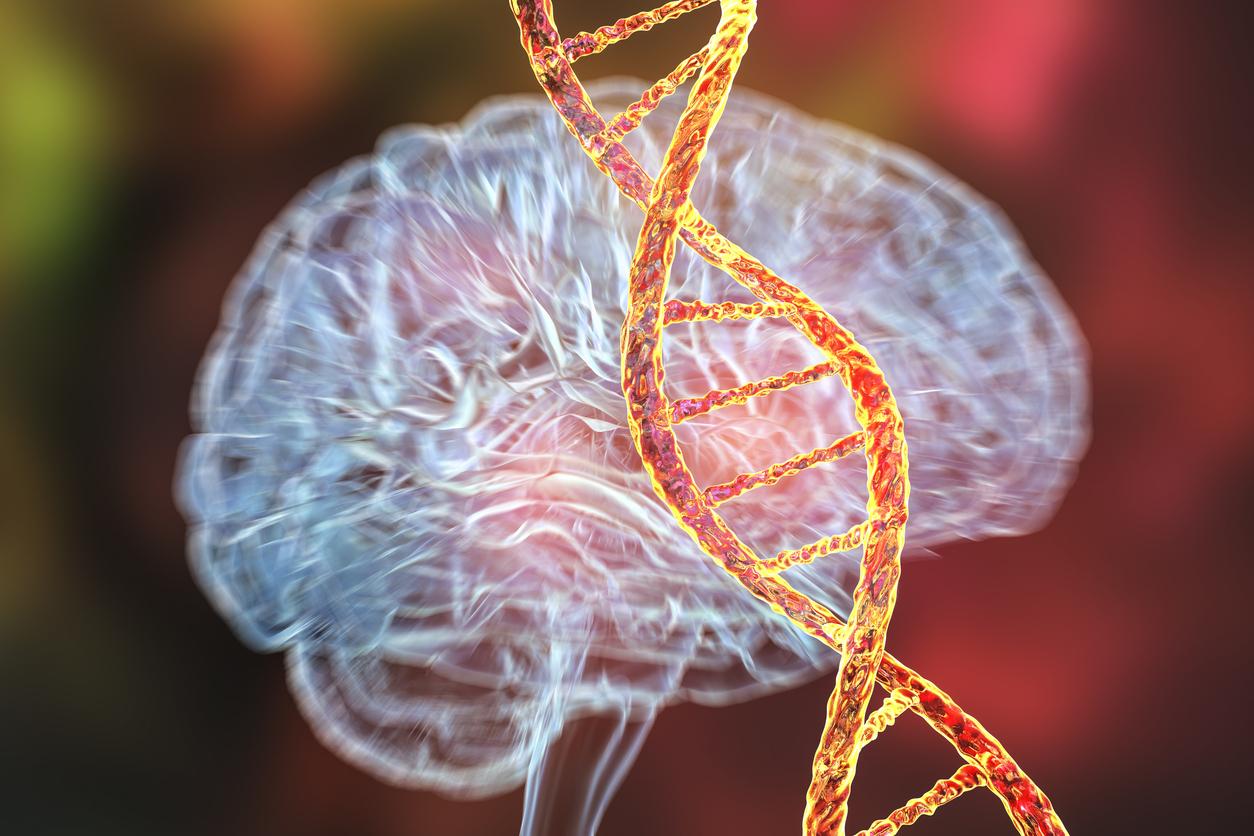Due to the high amounts of furan-2(5H)-one, which is genotoxic, in some sweet foods, DNA damage can be observed.

- α,β-unsaturated carbonyls, including furan-2(5H)-one, are genotoxic, meaning they can damage our DNA when consumed.
- In chocolate making, they are formed during the roasting of the beans and after the addition of cocoa butter.
- The researchers found very high concentrations of furan-2(5H)-one in samples of commercially available pancakes and cakes.
When chocolate is made, cocoa beans are roasted to bring out their flavors. During this process, new molecules, such as α,β-unsaturated carbonyls, are formed when they react with other ingredients at high temperatures. This class of carbonyls is very “reactive and described as genotoxic, i.e. capable of damaging DNA when consumed”, reported scientists from the Catholic University of Louvain (Belgium).
Chocolate: α,β-unsaturated carbonyls are formed during roasting of cocoa beans
In a new study, they wanted to understand how these molecules form in foods and whether they are present at levels that could pose a health concern. To do this, the team screened chocolates and other sweet treats for the presence of 10 different α,β-unsaturated carbonyls, some of which have been confirmed as safe by the European Food Safety Authority, while others are still under evaluation. When creating their own chocolate, the researchers found that α,β-unsaturated carbonyls were formed during roasting and after the addition of cocoa butter. However, their concentrations were still too low for consumption of these chocolates to cause a health problem.
High concentrations of furan-2(5H)-one can damage DNA
The authors then analyzed 22 commercially available desserts, such as pancakes, waffles, cakes, and cookies, with and without chocolate. In these products, the authors detected even lower concentrations of nine of the ten carbonyls than in chocolates. Problem: The last carbonyl called “furan-2(5H)-one,” which is genotoxic, appeared in much higher concentrations in the pancake and cake samples, reaching up to 4.3 milligrams per kilogram. “The recommended threshold for genotoxic substances is only 0.15 micrograms per person per day. Therefore, the consumption of these desserts could exceed this limit,” have specified the scientistsAccording to them, the furan-2(5H)-one molecule is probably formed during the baking process and does not appear to be related to the amount of chocolate present in packaged desserts.
In the conclusions, published in the journal Journal of Agricultural and Food Chemistrythey stress the importance of monitoring flavors in foods to keep consumers informed and safe. The authors also add that further studies are needed to accurately assess the potential health risk.
















